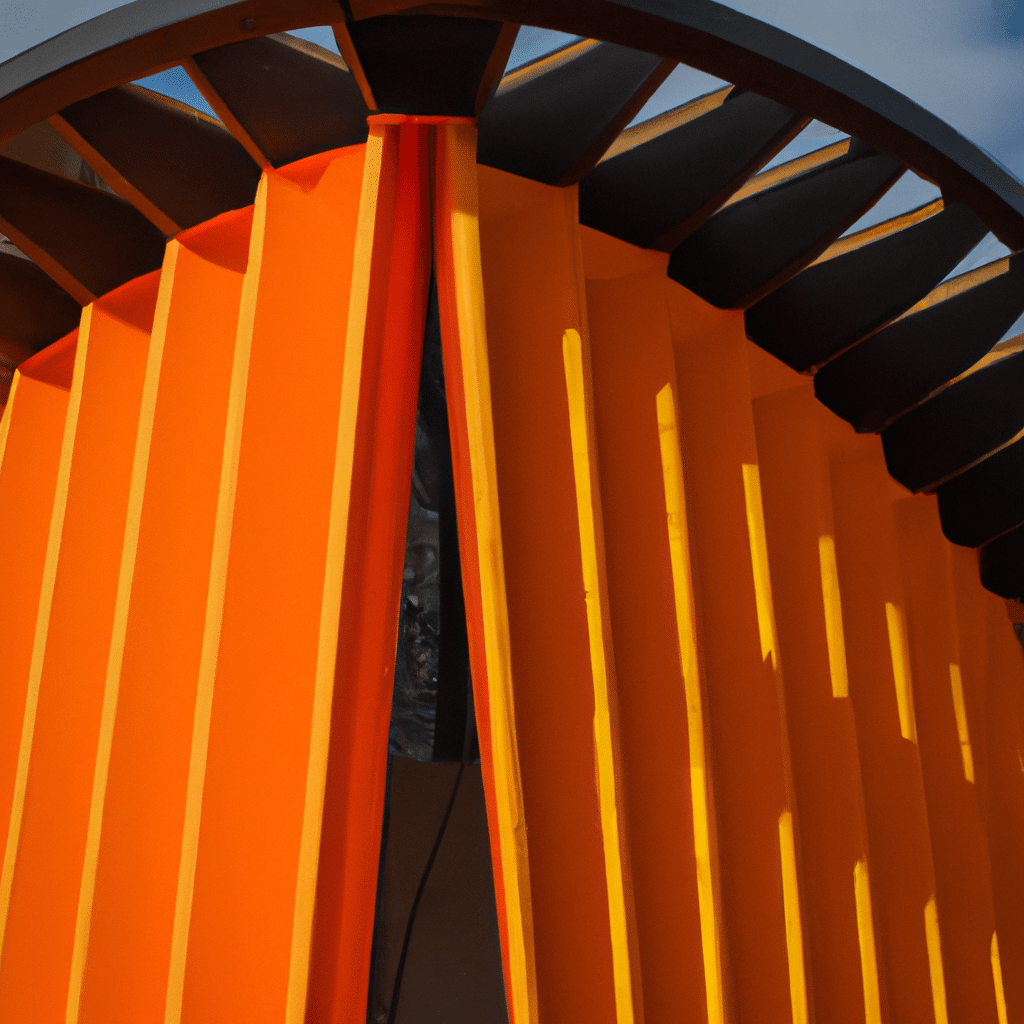In the world of construction, innovation is key to staying ahead of the competition. One way to achieve this is by using new materials to build unique and innovative structures. Breaking the mold and thinking outside the box can lead to stunning results that leave a lasting impression on anyone who sees them. In this article, we will explore some of the new materials that are being used in construction today and how they can be incorporated into the design of new buildings.

Introduction to New Materials
Gone are the days when concrete and steel were the only materials used in construction. Today, there are a plethora of new materials that are being used to create unique and innovative structures. These materials include:
- Cross-laminated timber (CLT)
- Fiberglass-reinforced plastic (FRP)
- Ultra-high-performance concrete (UHPC)
- Transparent aluminum
- Carbon fiber
Each of these materials has its own unique properties that make it ideal for certain applications in construction. By understanding these properties, architects and engineers can create designs that are both functional and aesthetically pleasing.
Cross-Laminated Timber (CLT)
Cross-laminated timber (CLT) is a relatively new material that is gaining popularity in the construction industry. It is made by layering thin pieces of wood at right angles to each other and then gluing them together. This creates a strong, lightweight material that can be used to build tall buildings.
One of the advantages of CLT is that it is a renewable resource. Unlike steel and concrete, which require a lot of energy to produce, wood is a sustainable material that can be harvested from forests and replanted. This makes CLT a more environmentally friendly alternative to traditional building materials.
Fiberglass-Reinforced Plastic (FRP)
Fiberglass-reinforced plastic (FRP) is another new material that is being used in construction. It is made by combining fiberglass with a plastic resin, which creates a strong, lightweight material that can be molded into any shape.
FRP has a number of advantages over traditional materials. It is corrosion-resistant, which makes it ideal for use in harsh environments. It is also non-conductive, which makes it a good choice for electrical applications.
Ultra-High-Performance Concrete (UHPC)
Ultra-high-performance concrete (UHPC) is a type of concrete that is much stronger and more durable than traditional concrete. It is made by using a special mix of materials, including silica fume, steel fibers, and superplasticizers.
One of the advantages of UHPC is that it can be used to create thinner and lighter structures. This can result in significant cost savings, as less material is required to achieve the same strength and durability as traditional concrete.
Transparent Aluminum
Transparent aluminum is a new material that is just starting to be used in construction. It is made by combining aluminum with ceramic material, which creates a material that is both transparent and strong.
One of the advantages of transparent aluminum is that it can be used to create structures that are both transparent and strong. This makes it ideal for use in applications such as skylights and windows.
Carbon Fiber
Carbon fiber is a material that has been used in aerospace and automotive applications for many years. It is a lightweight and strong material that can be molded into any shape.
In recent years, carbon fiber has started to be used in construction. It is ideal for use in applications where weight is a concern, such as in bridges and high-rise buildings.
Conclusion
In conclusion, using new materials in construction can lead to unique and innovative structures that leave a lasting impression on anyone who sees them. Cross-laminated timber, fiberglass-reinforced plastic, ultra-high-performance concrete, transparent aluminum, and carbon fiber are just a few of the new materials that are being used in construction today. By incorporating these materials into their designs, architects and engineers can create structures that are both functional and aesthetically pleasing.